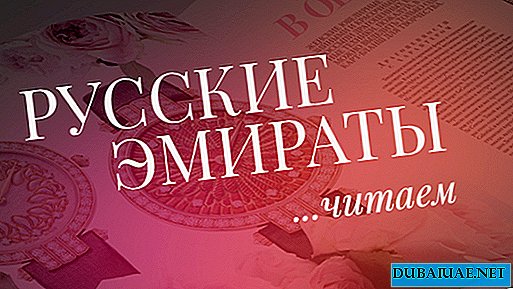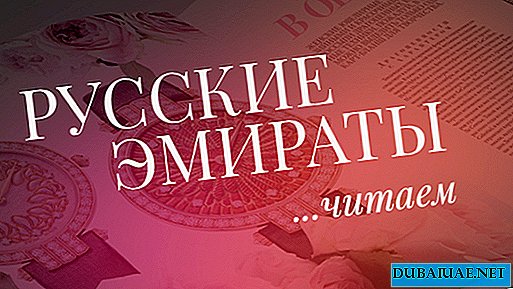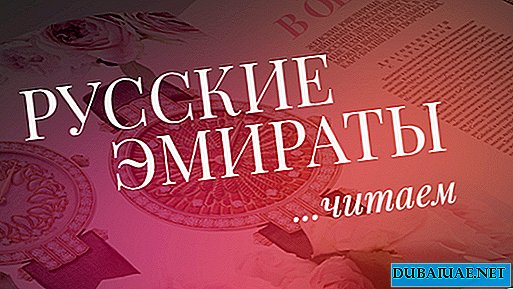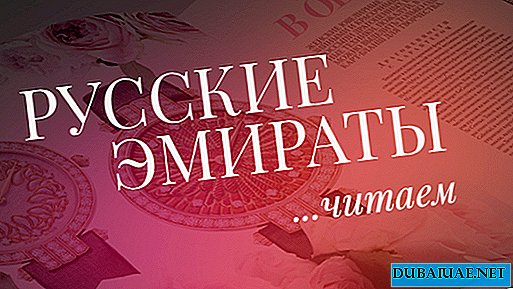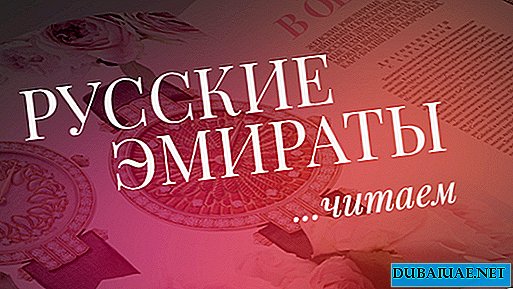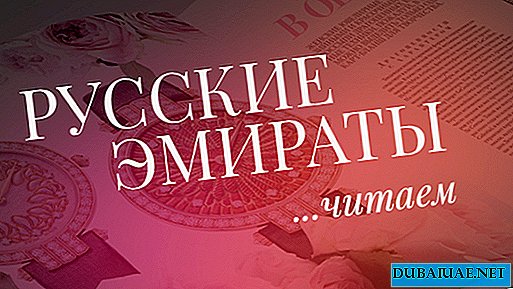 THE NAME OF RUBIES IS OBLIGATED TO THE LATIN WORD “RUBER” (“RUBER”), WHICH IN THE TRANSLATION MEANS “RED COLOR”; IN SANSKRIT THIS NAME SAYS AS "THE KING OF PRECIOUS STONES". IT IS ALSO POSSIBLE TO MEET A MENTION ABOUT HIM IN THE BIBLE WHERE IT IS TOLD THAT "ONLY THE WISDOM AND CHARITY OF A WOMAN MORE THAN THE PRECIOUS RUBIES." MOST OF THE CROWNS OF KINGDOMS, ONE OF THE MAIN SYMBOLS OF AUTHORITY AND WEALTH OF MONARCHES, DECORATED WITH PRECIOUS RUBIES.
THE NAME OF RUBIES IS OBLIGATED TO THE LATIN WORD “RUBER” (“RUBER”), WHICH IN THE TRANSLATION MEANS “RED COLOR”; IN SANSKRIT THIS NAME SAYS AS "THE KING OF PRECIOUS STONES". IT IS ALSO POSSIBLE TO MEET A MENTION ABOUT HIM IN THE BIBLE WHERE IT IS TOLD THAT "ONLY THE WISDOM AND CHARITY OF A WOMAN MORE THAN THE PRECIOUS RUBIES." MOST OF THE CROWNS OF KINGDOMS, ONE OF THE MAIN SYMBOLS OF AUTHORITY AND WEALTH OF MONARCHES, DECORATED WITH PRECIOUS RUBIES.
The ruby hardness is 9 units on the Mohs scale. It is the hardest mineral after diamond. Most rubies are cut with diamond-cut shapes. Stones with rutile inclusions are faceted in the shape of a cabochon for the effect of a cat's eye or star. Only red corundum can be named ruby, all other colors of corundum are called sapphires. Only at the beginning of the 19th century did people learn about the close relationship between sapphires and rubies. Until that time, red garnets or spinels were also considered rubies. Millions of years ago, when precious stones formed deep in the core of the earth, chrome was an element that gave the ruby its amazing bright red color. But, at the same time, he was guilty of increasing the number of cracks in the crystal. Only very few crystals grew under conditions that allowed them to quietly form to a large size. No gem exudes such a fiery passion as a ruby. There is something in the radiance and unique beauty of this creation of nature, which is not characteristic of any other precious stone.
Burmese ruby - a synonym of the highest quality
For many years and to this day, Burma, also known as Myanmar since 1989, has been the main source of deposits of natural rubies. The best stones, as you know, are pigeon blood-colored rubies, since their hue is similar to the droplets of blood of a just-killed pigeon. The name "Burmese ruby" is usually synonymous with a stone of perfect beauty.
A reasonable question arises, which "ruby" color is the most beautiful? The ruby red color can contain various shades, depending on the place of origin. The range of these nuances is quite wide and comparable with the division of hotels into categories by stars: from luxury apartments to shelters for the homeless. For example, if a gemstone is classified as a “Burmese ruby”, then this means only one thing - the highest “luxury” category of its quality. However, it is not necessary that this ruby was mined in Burma. Usually this is just an indicator of the fact that the color of this ruby coincides with the ideal shade that the stones from the famous deposits in Burma (today's Myanmar) possess. The color of rubies from Burma is rich red with a bluish tint.
A true connoisseur of precious stones will immediately associate this color with the legendary Mogok Stone Trading Route. It was there, in a valley between the high mountains, that Myanmar's most famous ruby deposit was located. Unfortunately, truly high-quality rubies are rare even there. The color of a natural Burmese ruby is extremely bright. It is said that these stones shine equally well both under artificial lighting and in natural light.
Burma or Myanmar is a land of beauty and mysticism. The dark red treasures from the Mogok Valley and other deposits have captured the imagination of the whole world. The name Burma, in the jewelry world, sounds like an intrigue, an adventure. One of the factors due to which a mineral is considered a precious stone is the concept of rarity. In addition, the natural beauty of the stone, its size and origin is very important.
From Burma - to all sides of the world
Further travel through the most famous deposits of rubies takes us to the small town of Mong Hsu in the northwest of Myanmar, where one of the most important ruby deposits of the 1990s is located. Rubies from the Mong Hsu deposit contain two tones: from purple to black core to bright red at the edges. Later, the discovery was made that the dark core of the stone can be turned into rich red using special heat treatment. Only after this discovery, the Mong Hsu rubies found their way into the jewelry markets of the world. Today, the Mong Hsu mine is still one of the most important suppliers of rubies. Basically, this deposit offers temperature-treated rubies weighing from 0.5 to
Another ruby deposit is located in Vietnam, neighboring Myanmar, near the Chinese border. Rubies from Vietnam are famous for their purple (crimson) shade. Rubies from Thailand, another world-wide supplier, show darker tones of red, down to brown. Jewelers call this graceful color “Siamese”, and it is recognized as the next most beautiful after “Burmese”.
 Rubies from the island of Ceylon (Sri Lanka), which are now becoming very rare, are mostly light red in color, like ripe raspberries. The remaining ruby deposits are located in northern Pakistan in the Hanza Valley, as well as in Kashmir, Tajikistan, Laos, Nepal and Afghanistan. In addition, rubies are produced in India, where deposits with relatively large crystals were found in the states of Mysore and Orissa. These stones have many foreign inclusions, but they look very good after cutting in the form of beads or cabochons. After discovering all the deposits mentioned above, people began to talk about East Africa as a source of natural rubies. After opening in the 1960s, rubies from Kenya and Tanzania surprised experts with their beauty and strong rich color, which could have shades from light to dark red. But even in African mines it is difficult to find a transparent, bright color, a clean and large ruby. Usually the quality of rubies mined there is closer to average.
Rubies from the island of Ceylon (Sri Lanka), which are now becoming very rare, are mostly light red in color, like ripe raspberries. The remaining ruby deposits are located in northern Pakistan in the Hanza Valley, as well as in Kashmir, Tajikistan, Laos, Nepal and Afghanistan. In addition, rubies are produced in India, where deposits with relatively large crystals were found in the states of Mysore and Orissa. These stones have many foreign inclusions, but they look very good after cutting in the form of beads or cabochons. After discovering all the deposits mentioned above, people began to talk about East Africa as a source of natural rubies. After opening in the 1960s, rubies from Kenya and Tanzania surprised experts with their beauty and strong rich color, which could have shades from light to dark red. But even in African mines it is difficult to find a transparent, bright color, a clean and large ruby. Usually the quality of rubies mined there is closer to average.
Color, size, quality
Color is the most important parameter of each ruby. Its transparency is only in second place in importance. Thus, inclusions do not adversely affect the quality of rubies unless they reduce their transparency or are located right in the center. Moreover, inclusions in rubies play the role of “fingerprints” and confirm their natural origin. Cutting is an important element, because only the right and perfect one can emphasize the beauty of this “king of gems”. Unlike some other types of precious stones that are found in nature and in large sizes, high-quality rubies measuring 5 carats are very rare.
 Rubies weighing 10-20 carats are unique. Burmese rubies of this size, if they were not ennobled, retained their natural color and quality, are a rarity and, undoubtedly, are one of the most amazing gifts of nature. An 18.28-carat Burmese ruby of this color and quality is an incredible value and a find for any sophisticated collector and simply a connoisseur of beauty.
Rubies weighing 10-20 carats are unique. Burmese rubies of this size, if they were not ennobled, retained their natural color and quality, are a rarity and, undoubtedly, are one of the most amazing gifts of nature. An 18.28-carat Burmese ruby of this color and quality is an incredible value and a find for any sophisticated collector and simply a connoisseur of beauty.
The fact that the stone was not ennobled transfers it to an even more elite category, ranking it as an extremely rare gemstone. Only a select few manage to make history! To date, East African countries such as Tanzania and Madagascar have joined Burma as the main sources of ruby mining. In addition, the supply of natural rubies, however, in smaller quantities, is carried out from Afghanistan, Cambodia, India, Kenya, Nepal, Pakistan, Tajikistan, Thailand and Vietnam. It is worth noting that, in addition to Antarctica, rubies are found on all continents of our planet. In jewelry, mainly Asian rubies are valued. By the way, since ancient times, these precious stones have been mined in the Pamirs (Snezhnoye deposit in Tajikistan).
Jewelry value from time immemorial
In the jewelry world, unusual colored diamonds of red, pink, blue and green shades are valued the highest and are worth accordingly. Colored diamonds broke all records at world auctions, setting prices at $ 1 million per carat. Burmese rubies of superior quality, color, purity and size are even more exceptional and rarely appear at jewelry auctions. Natural rubies weighing more than five carats become a legend. We often hear about historical diamonds, but as history shows, rubies of impeccable purity and large size are even more rare.
For hundreds of years, "His Majesty" ruby, captured the hearts and excited the imagination of people through cultures and generations. The natural strength and density of the stone made it a welcome talisman for great rulers and warriors. According to legend, a ruby could reflect danger and reward its bearer with qualities such as invincibility and courage. From time immemorial, ruby has symbolized passion. High-quality rubies emit a unique inner aura, they are mentioned in Hindu folklore as "carriers of internal fire." For ancient Asian rulers and, later, for the European nobility, precious stones, such as rubies, served as a sign of wealth and power. Stones were also inherited from generation to generation.
Nowadays, rubies and the graceful frame that these creations of nature are framed in continues to excite, inspire, adorn celebrities and express passion and devotion. As a tribute to the historical heritage, the ruby is considered the mascot stone of all those born in July. A pure, transparent and flawless ruby of uniform red color is by far the most valuable gem.
Emperor Maximilian
The ruby "Emperor Maximilian" demonstrates the true rarity and beauty that characterize stones from the Burmese Mogok Valley. Many years ago, jewelry connoisseurs and famous merchants such as Jean-Baptiste Tavernier characterized exceptional specimens as "precious stones of purest water." Like a glass filled with water, exceptional natural gems are transparent. Strength, power, expansive influence and artistic sensitivity are just some of the qualities that characterized the rule of Maximilian I, the Holy Roman Emperor and King of the Romans. Rubin, named "Emperor Maximilian" and possessing a beauty that puts him in a unique position among the like, perfectly characterizes the legacy of an unforgettable and influential monarch. Today it’s a great rarity when gemstone connoisseurs have the opportunity to contemplate and explore this truly rare stone - the 18.28-carat “Emperor Maximilian”. This stone has gathered all the qualities that define an exceptional ruby: luxurious color, natural beauty and impressive size.
Certificates for this stone, issued by the leading gemological laboratories of the world - GIA, Gubelin, AGL, confirm its origin. He was found in Burma. Thanks to many years of observations, research and advanced technologies in the field of gemology, all of the above factors emphasize and categorically confirm the unique history and endless pedigree of the ruler "Emperor Maximilian". There is no other gem in the world that allows you to feel the same wonderful feelings as a ruby. Instead of symbolizing a calm, everyday affection, a magnificent ruby ring is a symbol of the most unbridled and unbridled love and passion that people are able to experience.
A truly perfect ruby is as rare as a truly perfect ruby. As the great French philosopher François Larochefoucauld said: "There is one love, but there are thousands of imitations for it ..."



